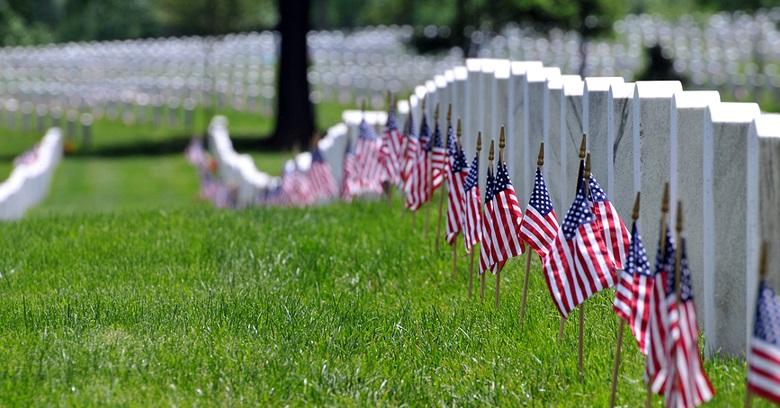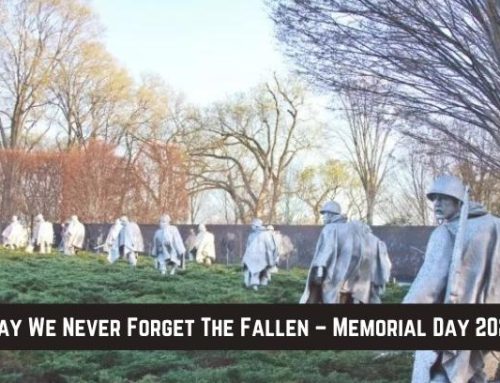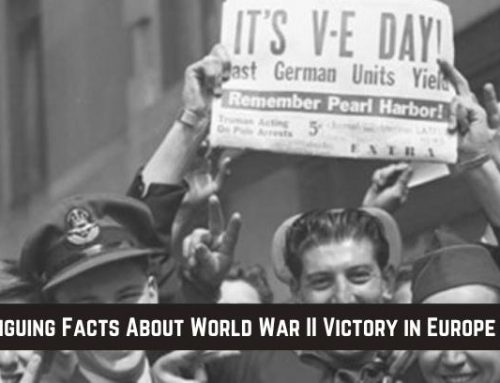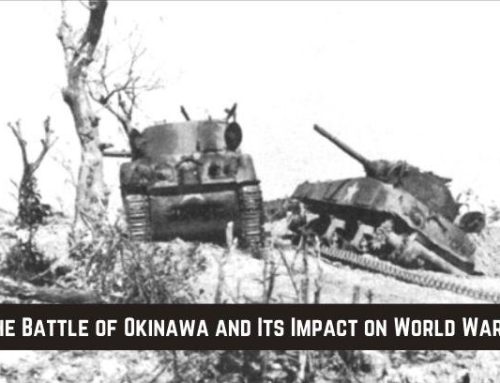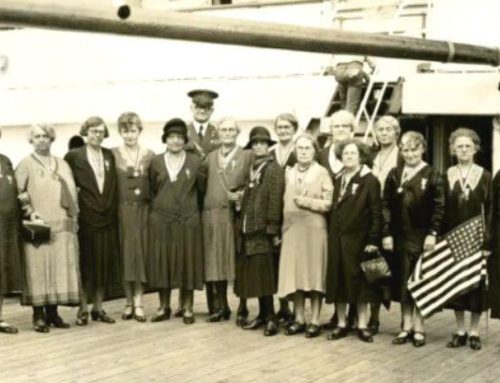National Cemeteries – A Veteran’s Final Resting Place
Since the 1800s, national cemeteries have been the final resting place of American military members lost in battle and then later, veterans of any war upon their deaths as well.
The National Cemetery Administration oversees the creation and overseeing of 171 national cemeteries throughout the country where veterans of any war and their spouses can and frequently are buried as a final gesture of gratitude for their service to this country.
The national cemeteries in America have a rich, illustrious history, making them military history museums in their own unique ways.
To see the importance of these cemetery history museums, one can simply learn of their origination and why the National Cemetery Administration continues this service for military veterans even today.
The First National Cemeteries for American War Dead
The first national cemeteries were created at the beginning of the Civil War to bury dead Union soldiers.
By 1870 and with the war still ongoing, more than 350,000 soldiers had been buried in these cemeteries.
Though they had started out as places where only those killed in battle were buried, the consensus from those who made it back from the war was that they too wished to be buried beside their comrades when they died.
After many petitioned for this right, eventually the criteria for burial at the national cemeteries were amended to include any veteran, whether having passed during a war or afterward.
This meant that by 1862 as the number of veterans entitled to burial at these cemeteries continued to increase, the government began purchasing more plots of land to enclose and turn into more national cemeteries throughout the country.
In the coming years, $750,000 would be spent on cemetery grounds, headstones, superintendents’ lodges, perimeter walls, and other related expenses.
Historically, this was also the beginning of a period of reclaiming Union soldiers laid in temporary graves to give them a proper burial.
National Cemetery Headstones Through The Ages
As the national cemeteries grew in size and number over the decades and centuries, the headstones provided for each grave changed as well.
These headstones, which are important historical artifacts featured in pictorial displays at some military history museums, have evolved greatly over time.
The original grave markers during the Civil War days consisted of little more than wooden headboards but by 1873 they were replaced by marble headstones.
Unknown graves were marked with marble blocks.
Then in 1879, Congressional authorization was approved for a headstone design for veterans buried in private and municipal cemeteries to further recognize military members.
National Cemetery Administration Today
With the management of the 21 national cemeteries overseen by what eventually became the National Cemetery System becoming a challenge especially as many of these lands filled up and closed down, management was eventually passed to the Veterans Administration in 1973.
In the coming decade, the VA evaluated all of these historic “military history museum” cemeteries dating all the way back to the Civil War, reorganized them, and then began purchasing more land around them and in other places.
In 1998 under the direction of the VA which became the Department of Veteran Affairs, the National Cemetery System was also elevated to become the National Cemetery Administration, an entire government department for overseeing and running national cemeteries and keeping up awareness through the introduction of new memorial incentives and products.
Honoring Veterans Today and Yesterday at American’s National Cemeteries
Today, the National Cemetery Administration oversees more 171 national cemeteries on over 23,000 acres of land.
These spaces, history museums of their own kind, are the resting places of nearly 5 million of America’s bravest soldiers who have served their country and fought in wars from the Civil War throughout our most recent conflicts and military exercises.
Buried on these grounds are 400+ Medal of Honor recipients and other military elite and there are nearly 1,400 military monuments on display, making the nation’s military cemeteries amazing places for those who enjoy military history museums to learn about wars past and how America honors its military dead.

